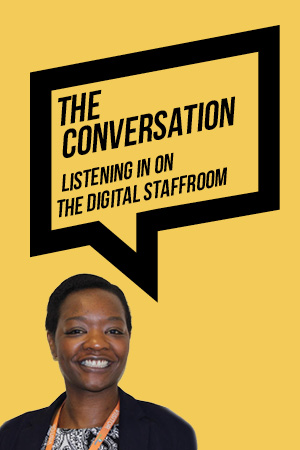This generation of school-age students is bombarded with an overabundance of information. Social media, the decline in trust of print media, and the ease with which information can be accessed by smartphones compounds this saturation.
Information is not knowledge, however – students need to know how to put it in context and sift the bad from the good, as well as how to give weight to competing arguments and save themselves from drowning in the ocean of data.
Our school teaches critical thinking across all our year groups. We look at the different systems of belief that influence perspectives and customs, how to detect editorial bias in the media and identify the most powerful and transformative ideas in the history of civilisation.
We are also conscious that we have a responsibility to teach our students how to present arguments clearly and fairly, how to keep themselves safe online, to avoid dangers ranging from email scams to radicalisation, and how to find space for reflection and recreation away from the stresses of an information-saturated society.

As well as being a first-rate introduction to the field, Tom Chatfield’s Critical Thinking contains sensible, grounded examples, illustrations and help on all of these topics. It serves as a useful primer to the subject and could even serve as a class textbook.
Chatfield uses some very old ideas – the section on rhetoric, and the use of the modes of persuasion, “ethos”, “logos” and “pathos”, were first introduced by Aristotle. He also uses very new ideas – definitions of “echo chambers” and “filter bubbles” are included as part of the section on researching and avoiding misinformation online.
He elsewhere addresses the broad challenge of being reasonable in an unreasonable world. He looks at the structure of arguments, paying close but unpedantic attention to the logical fallacies that can distort clear argumentation. He makes sensible points about how empirical evidence and the use of primary and secondary sources can strengthen an argument.
However, we all know that it’s not always the best argument that wins the day, and in the second part of the book, he looks at the tools of rhetoric: how they can clarify arguments, and, conversely, be used by the unscrupulous to confuse, obscure or deflect.
Identifying bias in arguments is important, just as vital is to recognise unconscious bias in oneself, and Chatfield is particularly impressive when he comes to interrogate different heuristics and how for example oversimplification and lack of insight can lead to trouble.
The design of the book is both its most striking and useful component. Key terms are highlighted, margins are wide for notes, and illustrations are bold and clear. He doesn’t skimp on the detail in his explanations, but mixes a formal and detailed approach with up-to-date examples and clever use of social media – chapters include links to YouTube summaries and participation via Twitter is encouraged.
The design of the book is both its most striking and useful component
Structuring the book around the tongue-in-cheek “10 commandments for critical thinking” gives coherence to the distinct elements of the book, making it a usefully self-contained course.
There is also plenty of material here to support a school’s study skills programme. In common with the advice on reasoning and arguments, Chatfield’s advice on how to study and learn are practical, clear and relevant.
This is a book happy to be written on, queried and argued with. The exercises sprinkled throughout are well judged and encourage a deep reading. Overall the book is written with a clear perspective, from the ground up. The consistency of tone and design make it an impressive achievement, bringing light and clarity to an area which can present as murky and vague. I recommend it strongly. It will certainly be a useful addition to the teaching materials my school already uses, but its appeal goes well beyond classroom walls due to its breadth, depth and the clarity of its outlook.
I would be very happy to see students and colleagues alike walking around campus with dog-eared, annotated and bookmarked copies of Critical Thinking.













Your thoughts